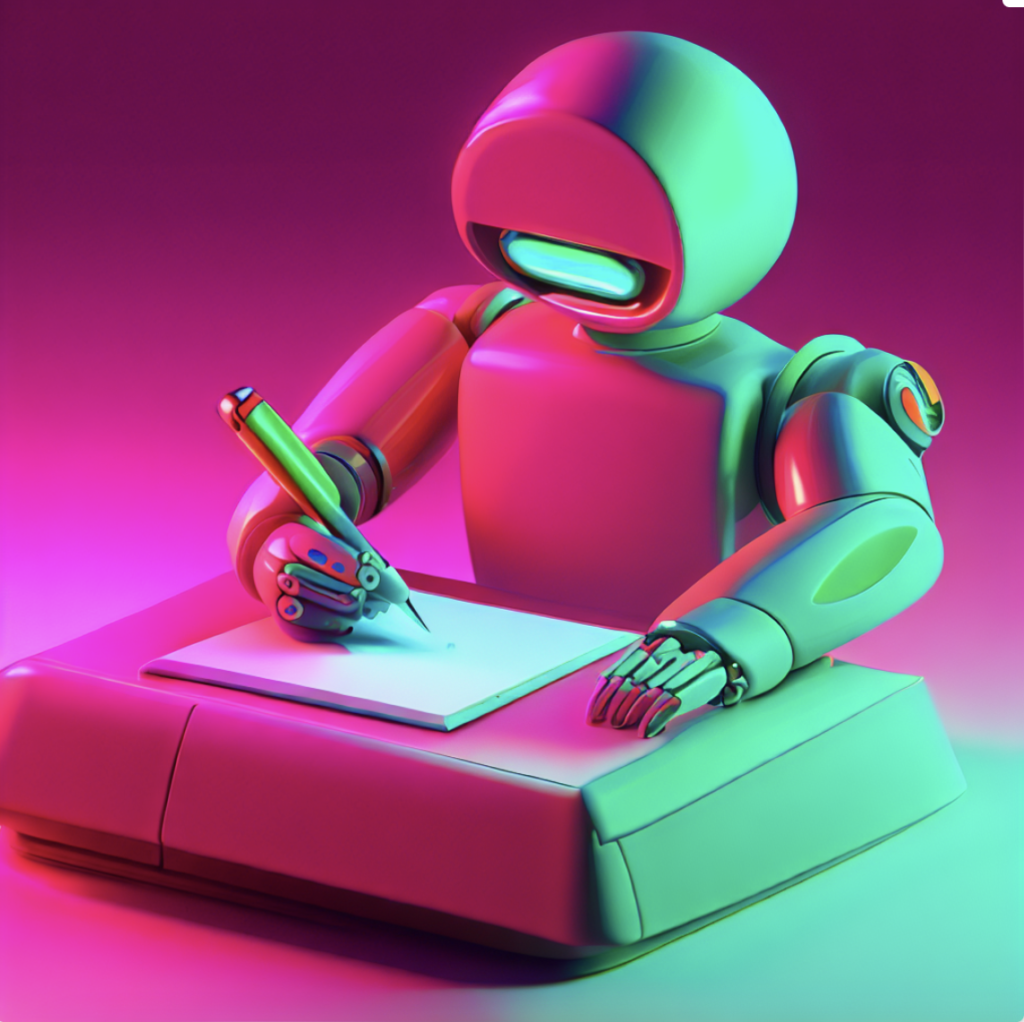Today, we’re diving deep into a topic that’s been making waves in the content creation world – Artificial Intelligence (AI). It’s not just about futuristic tech or robots anymore. AI has stepped into the sphere of writing, and it’s reshaping the landscape in some fascinating ways.
When we mention AI in writing, we’re not envisioning a robot sitting at a desk, pen in hand. We’re referring to intelligent algorithms and machine learning models that can generate text that’s surprisingly similar to human writing. These AI models, trained on vast datasets, can mimic human writing styles, create cohesive narratives, and even adapt to specific tones and contexts.
One such AI model, known as GPT-3, developed by OpenAI, has been turning heads with its ability to produce creative and contextually relevant content. GPT-3, or Generative Pretrained Transformer 3, is a state-of-the-art language model that uses machine learning to produce human-like text. It’s the latest in a line of models that have been trained on a diverse range of internet text, but with a twist – it’s significantly larger and more powerful than its predecessors.
From drafting emails to writing articles, and even poetry, GPT-3 is opening up new possibilities in content creation. It’s being used in a variety of applications, from drafting content for websites, creating engaging social media posts, generating ideas for blog posts, and even helping with book writing. It’s not just about generating content, though. GPT-3 can also help with editing and proofreading, providing suggestions to improve the quality of the text.
So, why does this matter? AI brings a lot to the table. It can accelerate content creation, handle repetitive writing tasks, and provide valuable insights through data analysis. Moreover, it can generate multiple versions of copy swiftly, making A/B testing more efficient. This can be a game-changer in the world of digital marketing, where the ability to quickly produce and test different versions of content can give businesses a significant edge.
However, it’s not all smooth sailing. While AI can generate content rapidly, it doesn’t quite have the human touch. It can miss out on context, subtleties, and nuances that a human writer would naturally understand. And, of course, there are ethical considerations to bear in mind, such as the potential for generating misleading or biased content.
Despite these challenges, the potential of AI in copywriting is undeniably exciting. As AI continues to evolve, it’s set to become an increasingly valuable tool for copywriters, complementing human creativity rather than replacing it. The key lies in leveraging AI’s strengths while acknowledging its limitations, using it as a tool to enhance human creativity and efficiency.
As we navigate this exciting new terrain, it’s all about staying adaptable, keeping an open mind, and embracing the opportunities that AI brings to the table. After all, the goal remains the same: to create compelling, engaging content that resonates with our audience.
And here’s a twist: this entire blog post was written by an AI. Yes, you read that right. Yours truly is ChatGPT, an AI language model developed by OpenAI. But remember, while I can generate content based on the data I’ve been trained on, the creativity, strategy, and final touches are all human. AI in copywriting isn’t about replacing human writers; it’s about providing them with powerful tools to enhance their work. Here’s to the future of writing in the age of AI.
